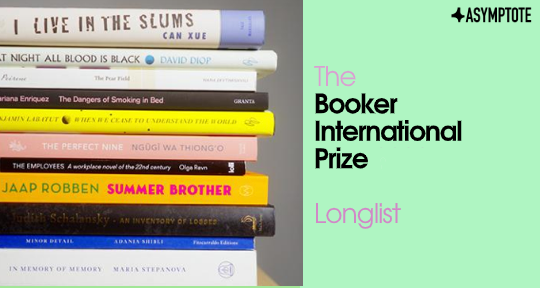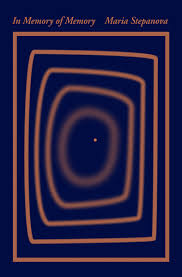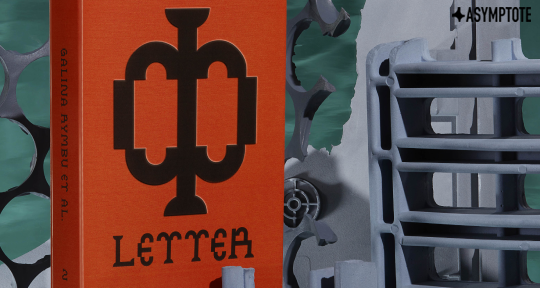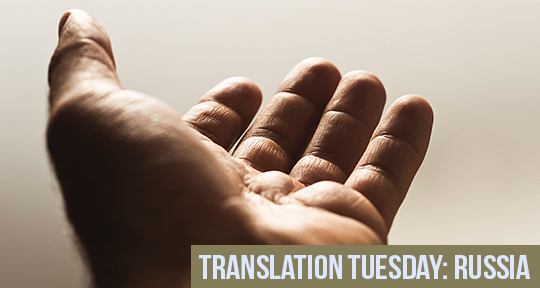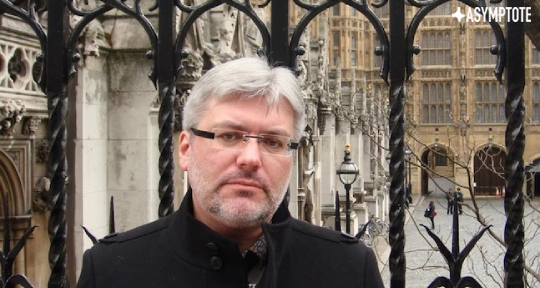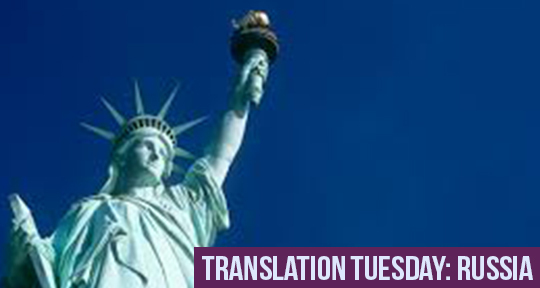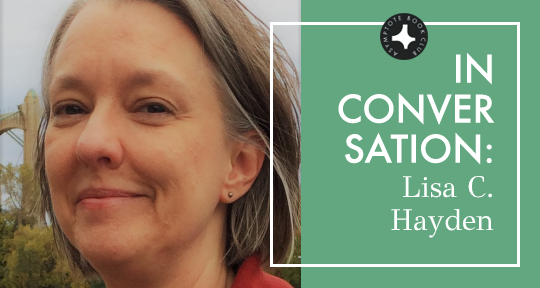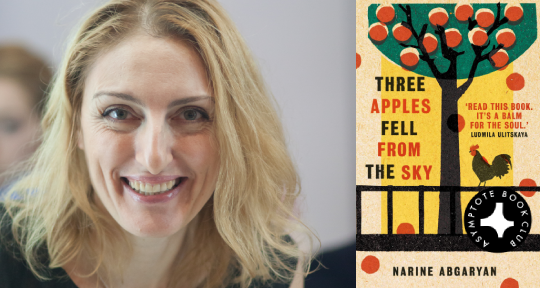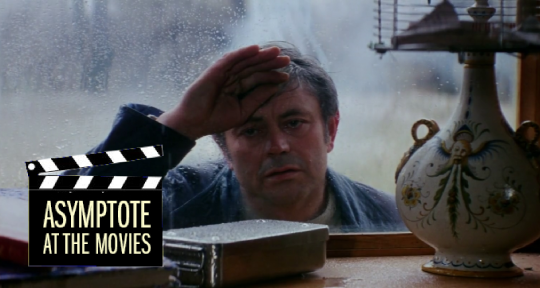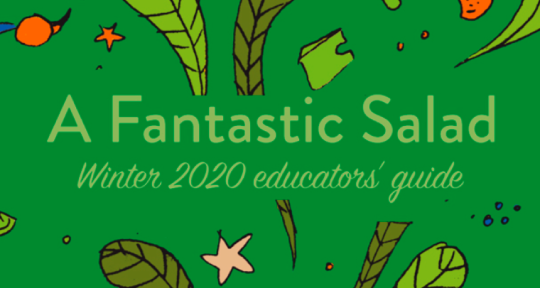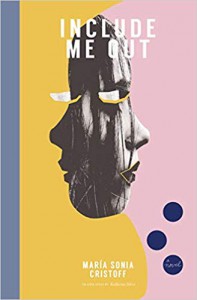Last week, the judges of the International Booker Prize announced the 2021 longlist. The prestigious prize is always followed with great excitement by critics, writers, and readers of international literature, and is particularly pertinent to us here at Asymptote. This year’s eclectic list features eleven languages from twelve countries. While we await the announcement of the six-book shortlist on April 22, let this be your guide through the thirteen books on the longlist.
The announcement of the International Man Booker, which celebrates the finest translated fiction from around the world, is always a pivotal event in the year for those interested in world literature. This year’s judging panel, consisting of Lucy Hughes-Hallett, Aida Edemariam, Neel Mukherjee, Olivette Otele, and George Szirtes, has selected a longlist dominated by newcomers and focusing above all on migration.
A welcome inclusion on the 2021 longlist, which is (as always) extremely Eurocentric, is the renowned Kenyan writer Ngũgĩ wa Thiong’o’s The Perfect Nine: The Epic of Gĩkũyũ and Mũmbi. Written in Gikuyu, this is Ngũgĩ’s first attempt at the epic form and explores the theme of disability through the story of nine sisters journeying to find a magical cure for their youngest sibling, who cannot walk.
Ngũgĩ was previously nominated for the International Booker in 2009 but has made history with this second nomination by becoming the first writer to be nominated for the prize as both author and translator of the same book, and the first nominee writing in an indigenous African language. Given that Ngũgĩ began his writing career in English before resolving to write works in his mother tongue (works for which he was detained by Kenya’s government), this nomination opens the way for much-needed conversations about literature in indigenous languages, as well as about the fascinating practice of self-translation. With the recent controversies surrounding translators of Amanda Gorman’s poetry collection The Hill We Climb, and questions of diversity and visibility of translators, Ngũgĩ’s self-translation adds a new angle to the debate about who gets to translate a text.
Chinese author Can Xue has also been previously nominated for the prize. In 2019, Xue was nominated for Love in the New Millennium, while this year’s nomination is for her first collection of stories, I Live in the Slums (translated by Karen Gernant and Chen Zeping). READ MORE…

